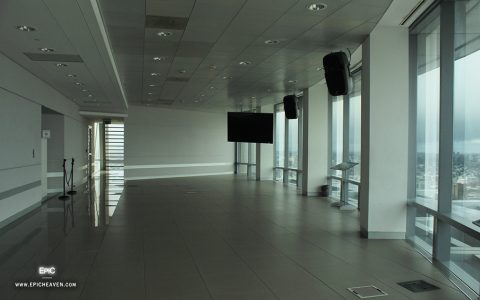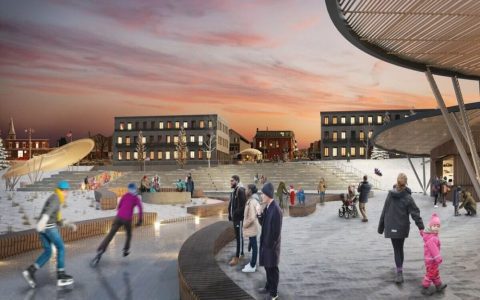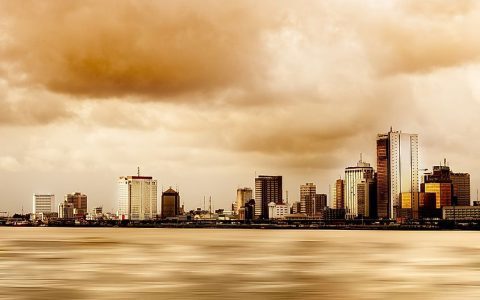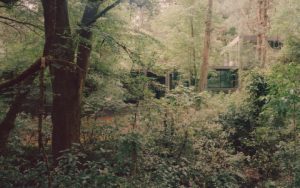Carlos Ott, the distinguished Uruguayan architect, synthesizes modern technological prowess with expressive forms. His work draws notably from masters who championed structural innovation, sculptural geometry, and the honest expression of materials.
Key Architects Influencing Carlos Ott's Work
- Auguste Perret: Ott inherited Perret's profound belief in reinforced concrete as an expressive, primary structural and aesthetic element. The tectonic quality and exposed concrete finishes in Ott's works (like the National Congress of Uruguay library addition) echo this influence, demonstrating structure as form.
- Pier Luigi Nervi: Nervi's genius in structural engineering as architecture profoundly shaped Ott. The elegant, complex curves and lightweight, spanning roof structures seen in Ott's large performance venues (most famously, the Opéra Bastille) directly reflect Nervi's exploration of concrete's plasticity and efficiency.
- Mies van der Rohe: Ott incorporates Miesian principles of structural clarity, minimalism, and universal space. This manifests in his precise detailing, preference for clean lines, and the creation of flexible, unobstructed internal volumes, particularly in his institutional and residential projects.
- Eero Saarinen: The influence lies in Saarinen's pursuit of dramatic, sculptural forms and fluid lines tailored to specific functions. Ott's work, especially iconic cultural buildings, embraces this sculptural sensibility and formal dynamism, often achieving a powerful, memorable presence.
- Jean Prouvé: Prouvé's innovative spirit in prefabrication and industrial detailing resonates with Ott's pragmatic approach to complex projects. Ott integrates advanced construction techniques and modular systems, evident in the technical sophistication and precision of large-scale works.
Ott synthesizes these influences, combining Nervi and Perret's structural expressionism with the spatial purity of Mies and the sculptural fluidity of Saarinen, all underpinned by Prouvé's industrial logic, resulting in architecture that is both technologically advanced and poetically expressive.







